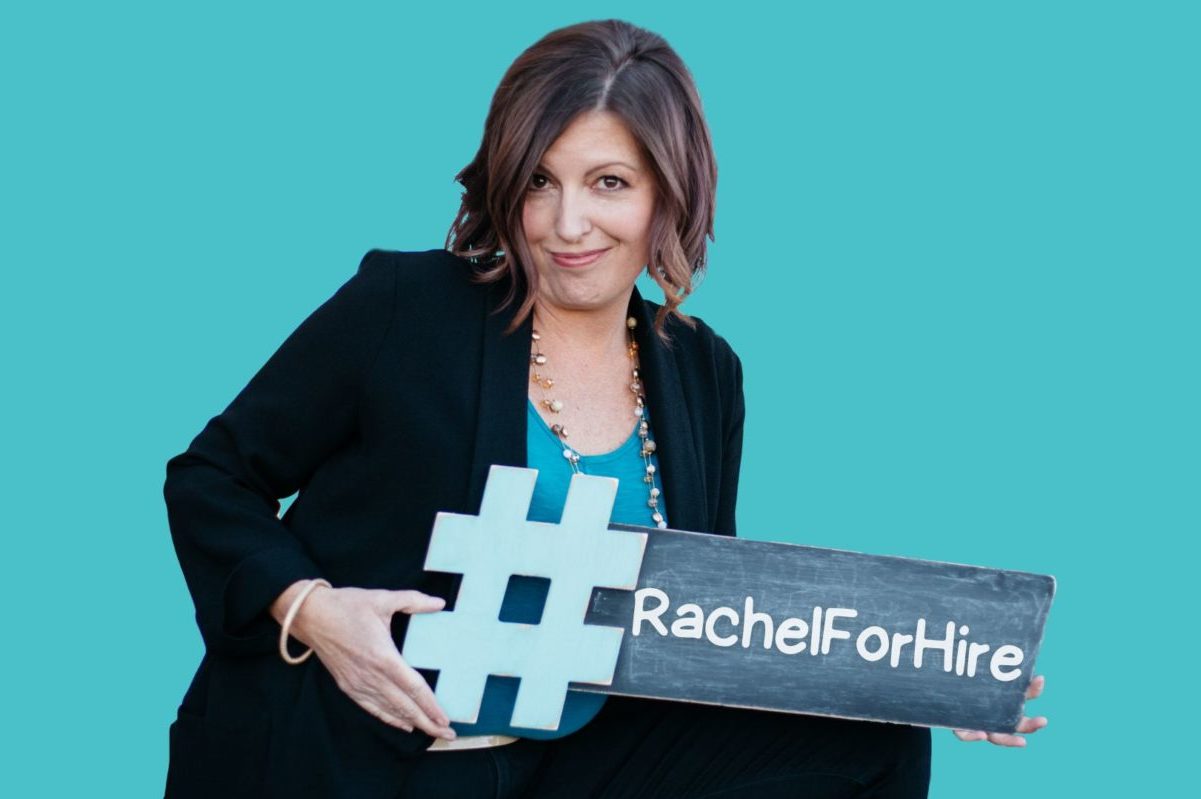Skift Take
Layoffs have battered the meetings industry, with event tech hit especially hard. This is our guide to patching up the rupture and carrying on.
Layoffs in the U.S. hit a more than two-year high in January as technology firms cut jobs at the second-highest pace on record, with all indicators pointing to companies preparing for an economic slowdown. A reported 50,000 people lost their jobs in January alone.
Google, Salesforce, Facebook, FedEx, Microsoft, Amazon, Goldman Sachs Group, Pinterest, PayPal, Spotify, Vox Media, and IBM are a few of the companies that made headlines. In the event tech industry, Hubilo, Bizzabo, Hopin, and Allseated all had post-pandemic layoffs, while London-based Glisser, a virtual and hybrid event hosting platform, is closing down.
Where do you start if you are one of the people impacted? Skift Meetings reached out to human resources consultants, career coaches, marketing profs, and branding experts, and here is what they had to say.
Declare That You Are Open to Work
On January 18, Rachel Moore lost her job as senior director of marketing at Hubilo. She wanted to report this news thoughtfully. “I had one shot. I know video and how powerful it is and wanted to demonstrate what I have to offer as I made the announcement,” she said. So she created an entertaining clip featuring the hashtag #RachelforHire that has had 23,000 impressions in two weeks. She has also turned her quest to find a job into a full-time job, applying to 109 LinkedIn opportunities and participating in 13 interview calls in one week. “None of this would have been possible if it wasn’t for my first video post,” she said.
She recommends that others do the same, and if not a video, then at least a selfie, as it increases the visibility of the post, meaning more people will see it and even share it.
Layoffs are trending on social media, so share this news in your post upfront. Plus, SEO will attract recruiters, hiring managers, and more to your post. Be sure to use hashtags like #OpenToWork, #NeedAJob, and #JobSeach.
If the rug has been pulled out from under you and you are angry or bitter at your situation, give yourself a few days before creating your post. A first impression is a lasting impression; you want to make yours positive as your next employer may be reading it.
Check in With Your Emotions
Phoebe Gavin lost her job as the executive director of talent and development at digital news outlet Vox. She is grateful she has had a side gig as a career and leadership coach.

The news of her position being eliminated hit her hard. Years of therapy have resulted in Gavin having an emotional toolbox ready. She turned to one of the tools that helps her. “I pulled out my whiteboard and journaled,” she said. “I wrote down the emotions I was feeling and then the facts of the situation. Then I erased everything but the facts.” This exercise helps Gavin focus and regain her composure.
Gratitude journaling is another important tool that helps Gavin regulate the ups and downs of life. “This is a difficult time for many people, and it’s important to continue a gratitude journal. Even if you are shocked, crushed, betrayed, anxious, and depressed that you gave your company all you had and they let you go, you should still write down something you are grateful for that day and remind yourself of that,” said Gavin. “It doesn’t make the bad thing go away. It’s not about pretending that your life is perfect. It’s about fleshing out the full picture so that you’re not just focused on the dark part — that you also see where the light is, what’s beautiful.”
Moore concurs that losing a job is extremely difficult. “Give yourself time to mourn not just the job but your colleagues as well,” she said.” It’s a loss. A loss of co-workers, status, and income.”
Treat yourself with compassion during this transitional time. Moore ignored all rejection emails at the beginning of her search. It is also vital to take a break from the job search. “Remember, this is a step in your journey. It doesn’t say anything about you as a person,” said Moore.
Turn to Your Network for Help
LinkedIn, Twitter, Facebook — turn to your social media networks for support. “I was blown away that my video has 23,000 impressions, and it’s growing. LinkedIn is a network I have been cultivating for a long time. If you haven’t spent time on your networks, start now,” said Moore.
Surround Yourself with Supportive People
If embarrassment or shame shrouds you about loosing your job, feel it, but then let it go. These are business decisions that do not reflect on you as a person.
“Surrounding yourself with support and letting people know what you’ve gone through is the most important thing to do to recover from a layoff quickly,” said Gavin. “Plus, most will want to help.”
A career coach, mentor, and alumni network are all resources she recommends you turn to as you create the next chapter of your career.
Reboot Your LinkedIn Profile
“HR professionals are leaning into LinkedIn right now, and it is critically important to get it right,” said personal branding and LinkedIn expert Leanne Calderwood.

The Headline below your picture must be strong and use keywords your target audience is looking for. It should include your areas of expertise, strengths, and what makes you special. For example, if you have recently lost an event tech job and are open to transitioning to another industry, be sure your Headline includes terms like project management and technology expert.
Calderwood recommends avoiding language like “I am looking for a job” and instead using, “I am an experienced event tech expert ready to help your organization deliver best-in-class events and experiences.”
The about section on your LinkedIn profile is extremely important as it gives you a lot of space to share your story. Calderwood recommends getting familiar with the language companies that interest you use on their websites and LinkedIn Pages. Then, make sure those keywords are in your about section. “When a recruiter sees this language, they will know they are a potential fit,” said Calderwood.
She also suggests connecting with people who work at the organization that piques your interest. Follow these people and read the content they post to understand the company.
Take advantage of the LinkedIn Open to Work feature, a green circle displayed around your photo with the #hashtag Open to Work that signals your availability to recruiters.
Make sure your LinkedIn profile photo is up-to-date and from the shoulders up. “Make sure you are smiling, which demonstrates you are friendly and open to having a conversation,” shares Calderwood.
Monitor Job Listing Boards
LinkedIn job listings are a great place to start and have search capabilities to focus on a specific salary range, industry, company, or location. You can also set up email alerts and see if you have mutual connections at the companies you are interested in and how many people have applied for each position.
More recommends YentaList is a job listing platform compiled by Olivia Dreizen Howell, co-founder of Fresh Starts Registry, and PeerSignal. The lattertracks more than 1,500 B2B tech companies for open sales and marketing roles. Event Marketing Partners Job Board and Built In are also helping Moore.
Update Your Resume
Seven seconds. That is how long, on average, it takes a recruiter to decide if you are suitable for a job, according to eye-tracking research. With that in mind, be sure your resume stands out and fast. Under your name and title, include a summary of who you are as a professional and what your strengths are. Then, take it one step further and personalize it, so the key skills highlighted apply to the job.
Moore employed the services of Adam Karpiak, president of Karpiak Consulting, who helps candidates find the jobs they want. If you don’t have the resources to employ the services of a consultant, that is fine, but have a few others read and share their thoughts about your resume.
Cover Letters
ChatGPT helps Moore write her cover letters. “I go to the prompt and ask for a witty cover letter to be written for the marketing role I am applying for,” said Moore. “It helps me create the guts of the cover letter, which I tweak. I hate cover letters. I hate writing them, and ChatGPT helps.”
In your cover letter, address the person you will be reporting to by their name and actual title. It may take some digging to do this, but it is worth it.
Stay Positive and Be Realistic
“Don’t say no to any opportunity,” said Moore. “When someone wants to give you an introduction, say yes. I am old enough to remember Six Degrees of Kevin Bacon. We are all six degrees of the person who can get us hired.”
Gavin says it’s important to pace yourself. “It is tempting to just kind of freak out that your livelihood is uncertain and use the spray and pray method for applying for positions and applying to just about anything and everything that seems like you could be a fit,” she said.
What usually happens is that you end up getting more applications with fewer callbacks because those applications are of lower quality. “Focus on doing the number of applications that you can do at a high level of quality at the pace that is sustainable for you. It would be challenging for me, even though I have all of the best practices, to do more than three or four job applications in a day and do them justice,” she said.





